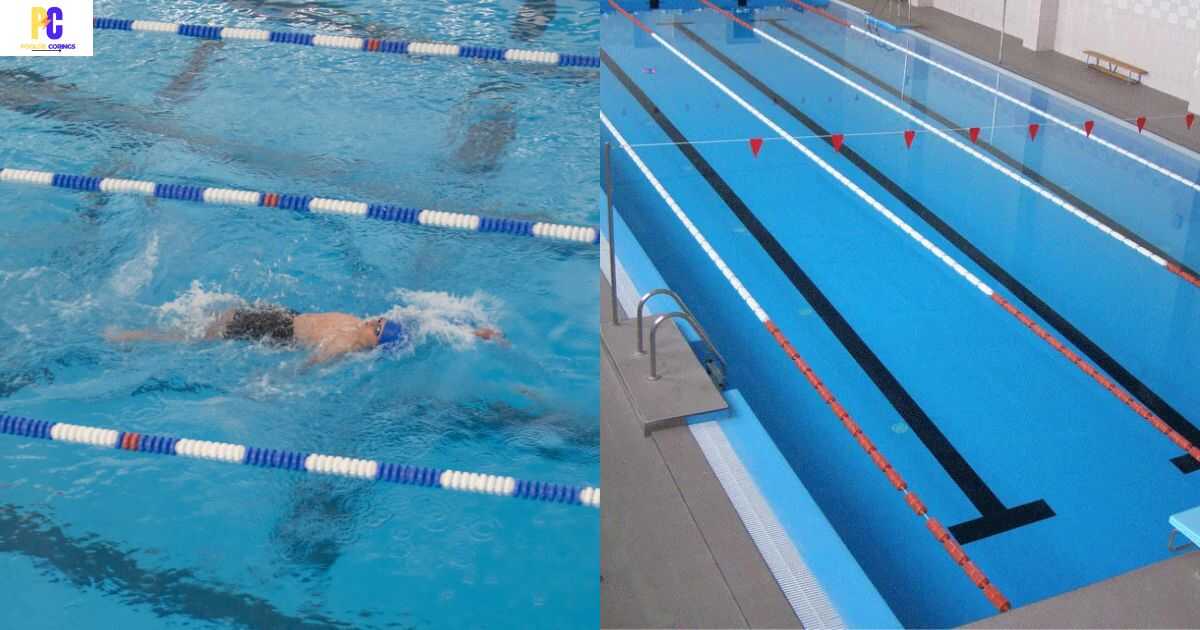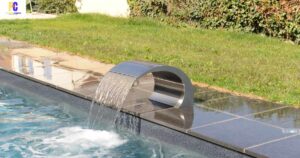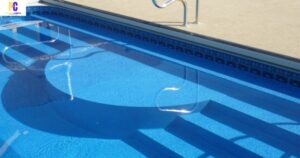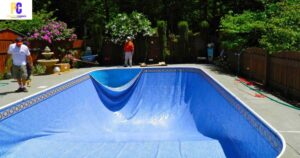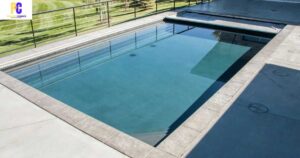Did you know that pool lane lines play a crucial role in enhancing swimming performance? These carefully placed markers not only guide swimmers but also create a sense of structure and order in the pool.
In this article, we will explore the importance of pool lane lines, the benefits they offer to swimmers, the different types available, installation and maintenance tips, and how they can significantly improve lap times. We will discuss safety measures to ensure a safe and efficient swimming experience.
Key Takeaways
- Pool lane lines separate and organize swimmers, ensuring a safe and efficient swimming environment.
- They provide structure and organization, guiding swimmers and preventing collisions.
- Pool lane lines allow swimmers to focus on technique and promote good pool lane etiquette.
- They enhance training and productivity by providing a clear and defined swimming lane, helping swimmers improve their lap times.
Importance of Pool Lane Lines
The importance of pool lane lines lies in their ability to separate and organize swimmers, ensuring a safe and efficient swimming environment. When it comes to pool lane line materials, durability, and buoyancy are key factors to consider. Lane lines are commonly made of polyvinyl chloride (PVC) or high-density polyethylene (HDPE) materials, which are both sturdy and resistant to water damage.
The design considerations of pool lane lines play a crucial role in their effectiveness. The lines are color-coded, with different colors representing different speeds or swim strokes. This helps swimmers easily identify their designated lanes and maintain proper spacing.
The textured surface of lane lines helps reduce turbulence and prevents swimmers from crossing into neighboring lanes. By providing order and structure, pool lane lines promote fair competition and enhance the overall swimming experience. Wondering for more information on this topic 18×33 Pool Liner.
Benefits for Swimmers
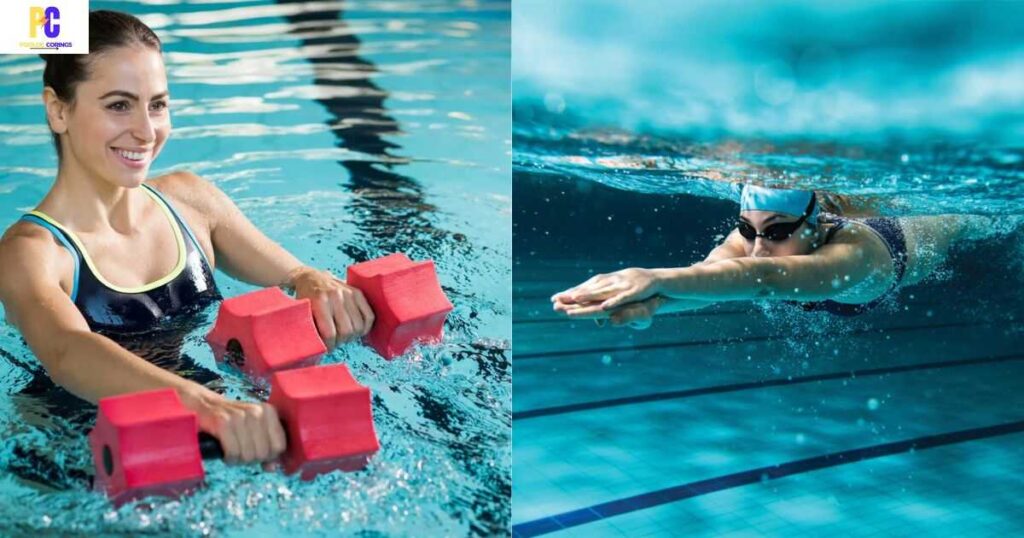
Swimmers greatly benefit from the use of pool lane lines as they provide structure and organization, ensuring a safe and efficient swimming experience. These lines serve as a guide for swimmers, helping them stay in their designated lanes and avoid colliding with others. The clear separation provided by the lane lines allows swimmers to focus on their swimming techniques without worrying about veering off course.
Pool lane lines promote good pool lane etiquette by encouraging swimmers to swim in a single direction and maintain a consistent pace. This creates a harmonious environment where swimmers can train and improve their skills without unnecessary interruptions. With pool lane lines in place, swimmers can fully immerse themselves in their practice sessions, leading to more effective and productive workouts.
Types of Pool Lane Lines
There are various types of pool lane lines available for creating structure and organization in swimming pools. These lane lines are designed to help swimmers stay in their designated lanes and prevent collisions. They also provide a visual guide for swimmers, helping them maintain a straight path while swimming.
Pool lane lines are typically made of durable materials that can withstand constant exposure to water and chemicals. Common materials used for pool lane lines include polyethylene, polyurethane, and PVC. These materials are chosen for their durability, flexibility, and resistance to fading and discoloration.
Pool lane lines are available in a variety of colors, with the most common being blue, yellow, and white. The color of the lane lines can be chosen to contrast with the pool water, making them more visible to swimmers. Here is a table showcasing the different types of pool lane lines:
| Material | Benefits | Colors |
|---|---|---|
| Polyethylene | Durable | Blue |
| Polyurethane | Flexible | Yellow |
| PVC | Resistant | White |
Swimming pools can choose the type of pool lane lines that best suits their needs and preferences.
Installation and Maintenance Tips
To ensure proper installation and maintenance of pool lane lines, it is important to follow certain guidelines and procedures. When it comes to installation, the first step is to measure the length of your pool and determine the number of lane lines required. It is also crucial to consider the pool lane line cost and choose a product that fits your budget without compromising on quality.
Color options for pool lane lines can be chosen to enhance visibility and aesthetic appeal. Once installed, regular maintenance is essential to ensure longevity and safety. This includes routine cleaning and inspection for any signs of wear and tear. It is recommended to consult with professionals for installation and maintenance guidance to ensure the best results.
How Pool Lane Lines Improve Lap Times
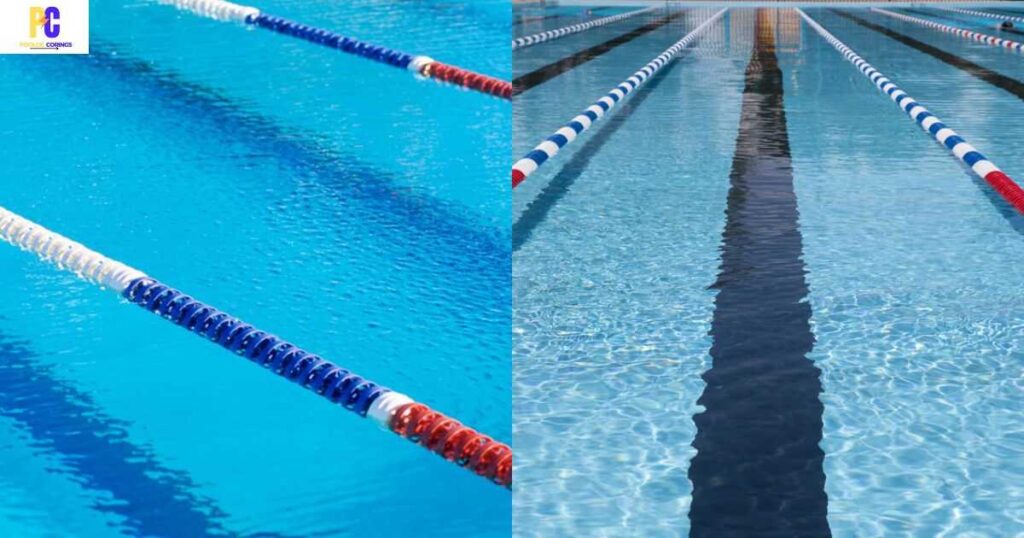
Installing pool lane lines can significantly improve lap times by providing swimmers with clear and defined swimming lanes. These lane lines act as visual markers, helping swimmers maintain a straight and efficient path while swimming. This allows them to focus on their technique rather than worrying about veering off course. By swimming in a straight line, swimmers can streamline their strokes and maximize their power output, resulting in faster lap times.
In addition to technique enhancement, pool lane lines also offer a competitive advantage. With clearly marked lanes, swimmers can better gauge their speed and position relative to their competitors. This allows them to strategically adjust their pace and make tactical decisions during races. Furthermore, the presence of lane lines reduces the likelihood of collisions or interference from other swimmers, enabling swimmers to swim more confidently.
Pool Lane Line Safety Measures
As swimmers navigate the pool, safety measures must be implemented to ensure the proper use and maintenance of pool lane lines. These measures not only promote a safe swimming environment but also enhance the overall experience for swimmers. Here are some important safety measures to consider:
- Regular maintenance and inspection of pool lane lines to check for any damage or wear and tear.
- Clear and visible signage indicating the presence of pool lane lines to prevent accidents and collisions.
- Adequate lighting around the pool area to ensure visibility of the lane lines, especially during low-light conditions.
- Choosing the right color options for pool lane lines, such as contrasting colors, improves visibility and helps swimmers stay within their designated lanes.
Frequently Asked Questions
How Do Pool Lane Lines Affect Water Turbulence and Create a Smoother Swimming Experience?
Water turbulence in swimming pools can disrupt a swimmer’s experience, making it difficult to maintain a steady pace. However, pool lane lines help mitigate turbulence by separating swimmers and reducing the disturbance caused by waves, resulting in a smoother swimming experience.
Are There Any Specific Rules or Guidelines for the Placement of Pool Lane Lines in Different Swimming Competitions?
There are specific rules and guidelines for the placement of pool lane lines in different swimming competitions. These guidelines ensure fairness and consistency in competition and allow for the customization of lane lines to meet specific competition requirements.
What Are the Different Materials Used to Manufacture Pool Lane Lines and How Do They Impact Their Durability and Longevity?
The different materials used to manufacture pool lane lines have a significant impact on their durability and longevity. Additionally, the color of lane lines can affect swimmers’ performance, while lane lines themselves play a crucial role in preventing accidents during swimming competitions.
Can Pool Lane Lines Be Customized or Personalized With Specific Colors or Logos?
In response to the current question, pool lane lines can indeed be customized or personalized with specific colors or logos. This allows for a unique and visually appealing experience, enhancing the sense of belonging for swimmers and spectators alike.
Are There Any Specific Techniques or Best Practices for Swimmers to Navigate Around Pool Lane Lines Without Disrupting Their Stroke?
Swimmers can employ various techniques to navigate around pool lane lines without disrupting their stroke. These techniques include maintaining proper body alignment, using peripheral vision, and practicing efficient stroke techniques to minimize contact with the lines.
Conclusion
Pool lane lines play a crucial role in enhancing swimming performance and ensuring safety. By providing clear boundaries and reducing turbulence, they allow swimmers to maintain their focus and improve lap times.
Despite concerns about installation and maintenance, proper care and regular inspections can ensure the longevity and effectiveness of pool lane lines. Therefore, investing in high-quality lane lines is essential for any swimming facility aiming to provide a conducive environment for swimmers to excel.
